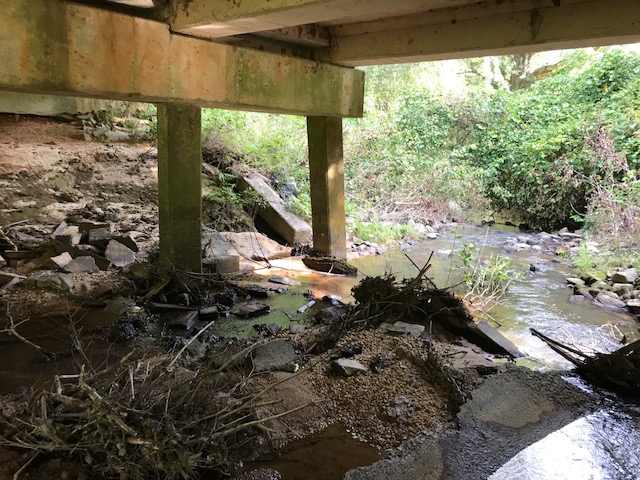Could your old septic tank be driving a growth in antimicrobial resistant bacteria?
It’s possible, say the authors of a University of Georgia study that identified aging sewer lines and septic systems as the primary drivers of antibiotic resistant bacteria contamination in their samples.
This finding flips the script on the assumption that agriculture runoff or treated wastewater outflows are the main ways antibiotic resistant bacteria are introduced to water systems.
The paper, which was published recently in Water Research, compared water samples that had high levels of antibiotic resistant genes (ARGs) to land use, sewer and septic systems data to determine the source of contamination.
Antibiotic resistance continues to be a major threat to human health. The Centers for Disease Control and Prevention first sounded the alarm to the threat of antimicrobial resistance in 2013, two years later, the World Health Organization issued guidance to combat antimicrobial resistance using a One Health framework that considers the intersecting impacts that humans, animals and the environment have on each other.
In that vein, scientists have been paying close attention to the ways that human and animal waste enters watersheds, which can be a breeding ground for antimicrobial resistant bacteria.

Elizabeth Ottesen, Associate Professor of Microbiology
“There was some recent work out of the USDA in Athens showing that there were widespread antibiotic resistant pathogens in the local streams, so I grew interested in understanding where that was coming from, was it run off from agriculture, either cattle farms in the area or poultry houses, or whether it might be linked to human wastewater,” said senior author Elizabeth Ottesen, an associate professor of microbiology in UGA’s Franklin College of Arts & Sciences.
Ottesen and a team of scientists from UGA, including the College of Public Health and the Odum School of Ecology, the U.S. Department of Agriculture and volunteers from the Upper Oconee Watershed Network collected nearly 1,000 stream samples from 115 sites over 5 years. Then, the samples were analyzed to determine the amount of human and animal fecal waste and ARGs present in them.
“Our initial assumption was that the primary source of human fecal contamination would be incomplete processing of wastewater at the wastewater treatment plant because most of the discussion around human sources of antimicrobial resistance in waters has really focused on wastewater treatment outflows,” she said.
But that’s not what they found. So, the team turned to historical data and maps of local sewer lines and septic systems provided by Athens-Clarke County, which included the location and age, to understand where human waste was entering the water.
Their analysis showed that the samples with the highest levels of ARG contamination matched areas with a high density of sewer lines or aging septic tanks. This suggests that aging water infrastructure, rather than wastewater treatment facilities, could be driving how antibiotic resistant bacteria is spread.

Erin Lipp, Professor of Environmental Health Science
The results set off alarm bells for Ottesen and co-author Erin Lipp, an environmental health scientist in UGA’s College of Public Health.
“I think conventional wisdom has been that when we see antibiotic resistance in streams, it’s mostly from agriculture, and I think this highlights the fact that aging infrastructure can have a lot of impacts that we hadn’t realized before, and water infrastructure is really difficult because we don’t see it leaking, you know. Unless it’s a big break, it’s just happening all the time and you’re not aware of it,” said Lipp.
Athens-Clarke County worked closely with Lipp, Ottesen and their colleagues throughout the study, and county and city leaders are already beginning to target infrastructure improvements based on the data the team provided.
Not all communities may be able to assess these sources of antimicrobial resistance without the type of detailed records the UGA researchers had access to, said Ottesen.
“The ability to then overlay the sewer maps and the septic maps is very unusual, and it’s mainly because of the willingness of Athens-Clarke County to provide us with this really high-quality mapping data,” she said.
The study, “Non-point source fecal contamination from aging wastewater infrastructure is a primary driver of antibiotic resistance in surface waters,” is available online.
– Lauren Baggett
Posted September 07, 2022.







